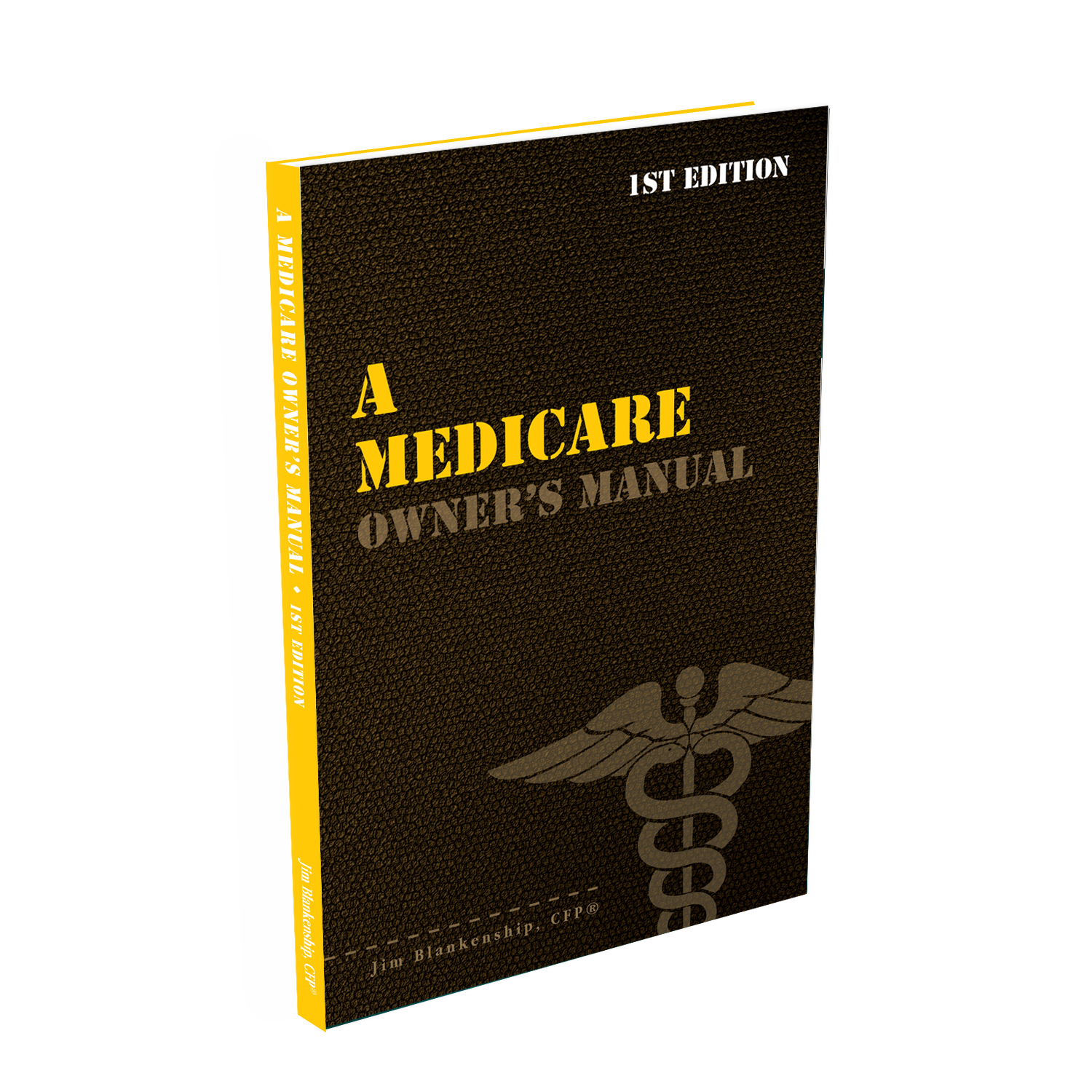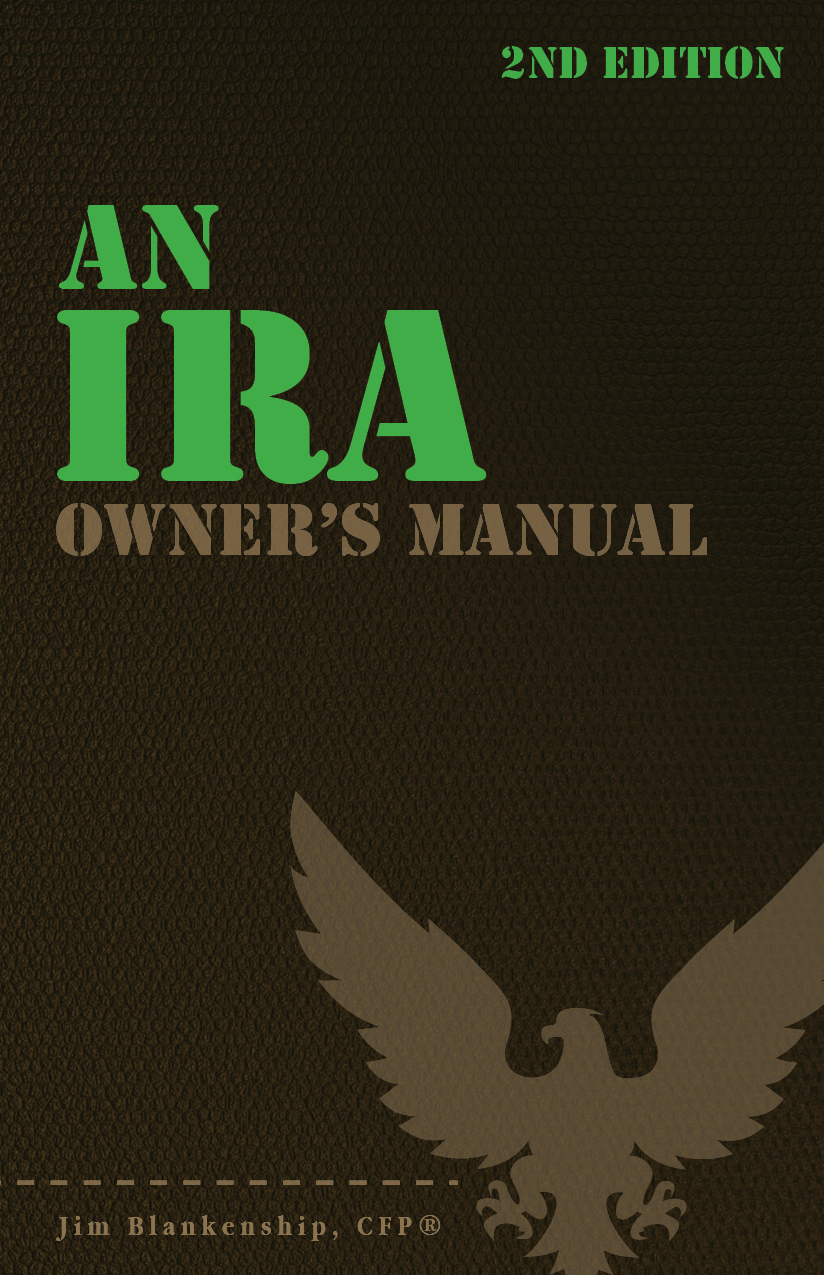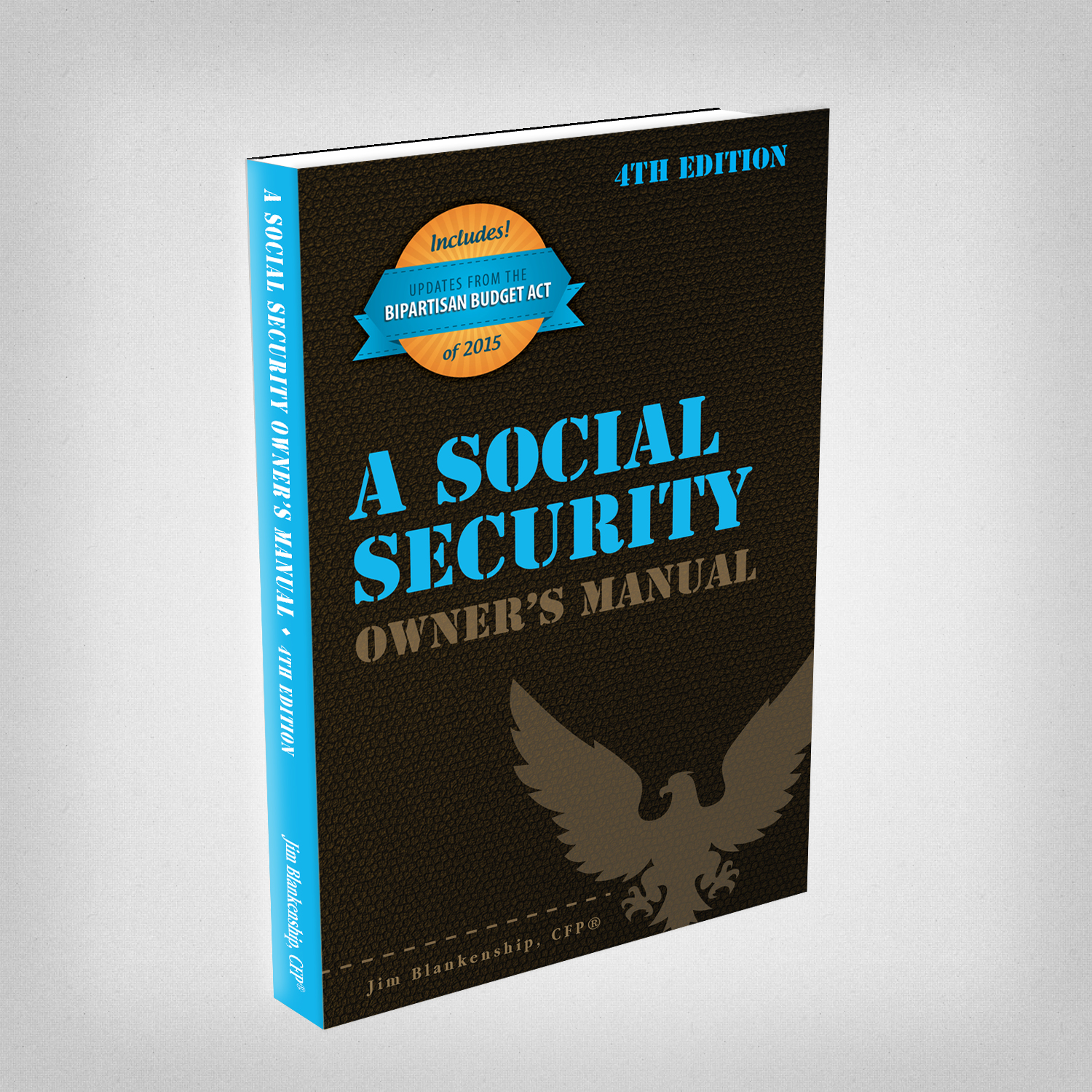 If you have a 401(k), 403(b), a tax-sheltered annuity or other qualified retirement plan from a former employer, you may have considered if it would be beneficial to leave it where it is, or perhaps enact a rollover to an IRA.
If you have a 401(k), 403(b), a tax-sheltered annuity or other qualified retirement plan from a former employer, you may have considered if it would be beneficial to leave it where it is, or perhaps enact a rollover to an IRA.
While it might be easiest to leave the account where it is, it’s possible that you are sacrificing flexibility and/or paying higher fees in exchange for the easier path.
Quite often, 401(k) plans (and other qualified retirement plans, QRPs) are restricted to managed mutual fund investment options. Managed funds often carry high expense ratios, often greater than 1%. As you know, if you’ve read much about index funds, it is possible to reduce most of your investing expense ratios to far below .5%, in some cases as low as .1%. Over the course of many years, reducing these expenses can have a profound impact on your investment returns.
For example, if you were to save even 1/2 of a percent in expenses, over 20 years this could compound to a 11.05% improvement in your overall investment returns. This also assumes that the new funds you’ve chosen will perform at the same rate that the funds you’re leaving behind would have.
It’s not a pure “no brainer” to decide to do a rollover. There could be compelling reasons to leave the money where it sits, such as if you believe the funds in your plan are superior to options that you could choose outside the plan (such as restricted-access or closed funds), or maybe you have access to investment advice from the custodian at no additional cost. In addition, if you left the employer during or after the year when you reached age 55, you might want to leave the money where it is until you’re at least age 59½ for flexibility in withdrawals without penalty – see this article on post-55 withdrawals for more information. There is also the chance that you could benefit by leaving the funds in the former plan if there is Net Unrealized Appreciation of your former employer’s stock that you intend to have treated by the NUA rules.
In general though, the flexibility to reduce your expenses by choosing any investment available is a pretty compelling argument in favor of the rollover.


 Sterling Raskie, MSFS, CFP®, ChFC®
Sterling Raskie, MSFS, CFP®, ChFC® The latest in our Owner’s Manual series, A 401(k) Owner’s Manual, was published in January 2020 and is available on
The latest in our Owner’s Manual series, A 401(k) Owner’s Manual, was published in January 2020 and is available on  A Medicare Owner’s Manual, is updated with 2020 facts and figures. This manual is available on
A Medicare Owner’s Manual, is updated with 2020 facts and figures. This manual is available on  Social Security for the Suddenly Single can be found on Amazon at
Social Security for the Suddenly Single can be found on Amazon at  Sterling’s first book, Lose Weight Save Money, can be
Sterling’s first book, Lose Weight Save Money, can be  An IRA Owner’s Manual, 2nd Edition is available for purchase on Amazon. Click the link to choose the
An IRA Owner’s Manual, 2nd Edition is available for purchase on Amazon. Click the link to choose the  Jim’s book – A Social Security Owner’s Manual, is now available on Amazon. Click this link for the
Jim’s book – A Social Security Owner’s Manual, is now available on Amazon. Click this link for the  And if you’ve come here to learn about queuing waterfowl, I apologize for the confusion. You may want to discuss your question with Lester, my loyal watchduck and self-proclaimed “advisor’s advisor”.
And if you’ve come here to learn about queuing waterfowl, I apologize for the confusion. You may want to discuss your question with Lester, my loyal watchduck and self-proclaimed “advisor’s advisor”.
Although I am in the camp of rollover, one advantage of leaving is legal protection. IRA protection based on state laws and some states like mine do not protect IRA as well as federal protection on 401k and the like.
You’re absolutely correct, Sam. That’s another of the reasons to consider the rollover carefully before acting.
Thanks for pointing it out!
jb